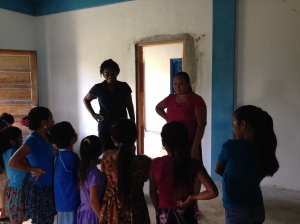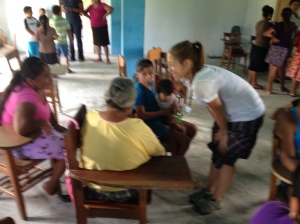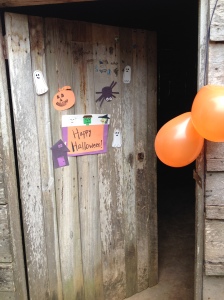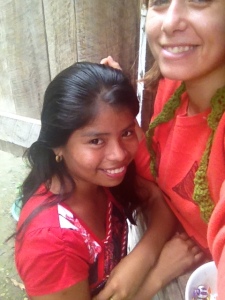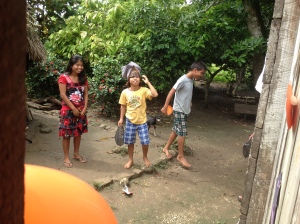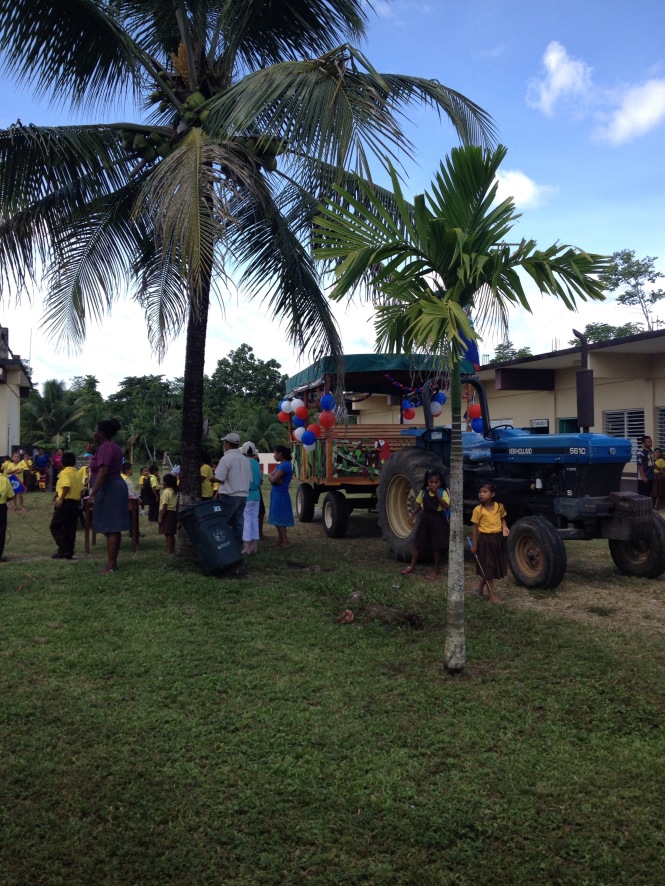This week marked a major milestone in our service…the Close of Service, or COS conference. It was a week of reflection, gratitude and tears (those were mostly mine) that served to remind me just how far my cohort has come together, just how much we’ve accomplished by still being here. We had the opportunity to thank one another, to thank staff, and to think about where we’ve been and consider these next few months.
I recently found a reflection I’d written when I got to my first village. For some reason, I never posted. In the piece, I talk about how challenging a major life change can be. I describe a method Rachel and I shared for coping. How we tried to sit with the discomfort that came from being in a new culture, a new place, a new way of life.
Sometimes, life comes full circle. The emotions that I describe in this old piece, will soon be resonant again. I wanted to share it now, because it’s incredible to think of where I was, where we all were, just a short while ago. How similar some of those feelings are now.
This past week, in an effort to stop being weepy, we tried being funny. We played COS Bingo (a board of inside jokes with things that would inevitably happen at a conference–the nurse talks about sex, we run out of coffee, I pull a sweet potato out of my backpack), invented lists of superlatives for one another (I was voted “most likely to invent a condiment based fad diet,”) and cheered the profound rallying cry, “YOCOSCO!”
You Only C.O.S. Conference Once.
And yes, it’s silly, but it’s true. I’ll only get these last few months of my service right now. I’m entering another period of big change, but I know it can be a beautiful one, and I know it will absolutely end in greater strength, love, and humility.
And now, for the time warp. Back to October, 2014:
Reflecting on the past couple of weeks, I think it’s important to say, and to remember that Peace Corps is a major life change. This occurred to me, most spectacularly this morning at breakfast, while watching a turtle be cooked over the kitchen fire.
Though I’ve helped to skin a wild rabbit, gutted fish, and become remarkably adapt at killing scorpions with my fire extinguisher something about the turtle got to me today, and I had to leave the kitchen, under some silly excuse like, “my laundry is done!” so that my host family wouldn’t see me get upset.
It’s one thing to not eat meat here, it would be entirely another to show remorse or concern for an animal intended to be eaten.
And that’s hard. I come from a culture where, though my beliefs are sometimes questioned, they are not so far from the mainstream as to be unheard of. Many people would balk at a live boil of a creature. I think today reminded me that there are many things that are different, and it’s ok to say that adjusting to some of those things is hard.
Last week my cell phone was stolen, and while this isn’t a huge deal, because I don’t have much service to speak of, generally, it still feels a little funny to be without a means of communication.
My laundry excuse…laundry is done very differently here, and sometimes, while I shiver into a pair of wet underwear that I’ve inexpertly rinsed free of powdered soap, I let myself miss the spin cycle. Just for a moment. I let myself miss the spin cycle.
I went to visit my friend Rachel in the next village this morning; I rode there on the back of a pick-up truck, then biked home over a very hilly 5-mile terrain and we talked this through.
It’s ok that everything is different…in fact, it’s better than ok. The sense of displacement and difference, occasional ill footing is probably one of the greatest blessings of this experience. Sometimes I’m sitting in a crowded room and no one is speaking to me, no one is speaking a language I understand, sometimes there’s a turtle in a pot, and maybe I feel sad, grossed-out, unmoored.
But it’s just for a minute; maybe an hour. Learning how to sit with that feeling, move past it, and be ok, brings this sense of settlement, of contentment, of being ok with myself and the situation, just as it is.
Still, there is something self-forgiving and humbling in remembering that this is a major life change. Sometimes that means I need to eat more peanut butter than I might normally, watch a lot of television shows on my computer, look at pictures of Wallaby and cry for a little while.
Fortunately, in the grand scheme of things, this is a powerful change, and a beautiful one. And thankfully, for me, it’s one that will end in greater learning, hopefully a greater humility, and not in the inside of a cooking pot. May you rest in peace, little turtle.
I still get several months more of this incredible chapter of my life.
I’m not done yet.
How lucky is that?




































